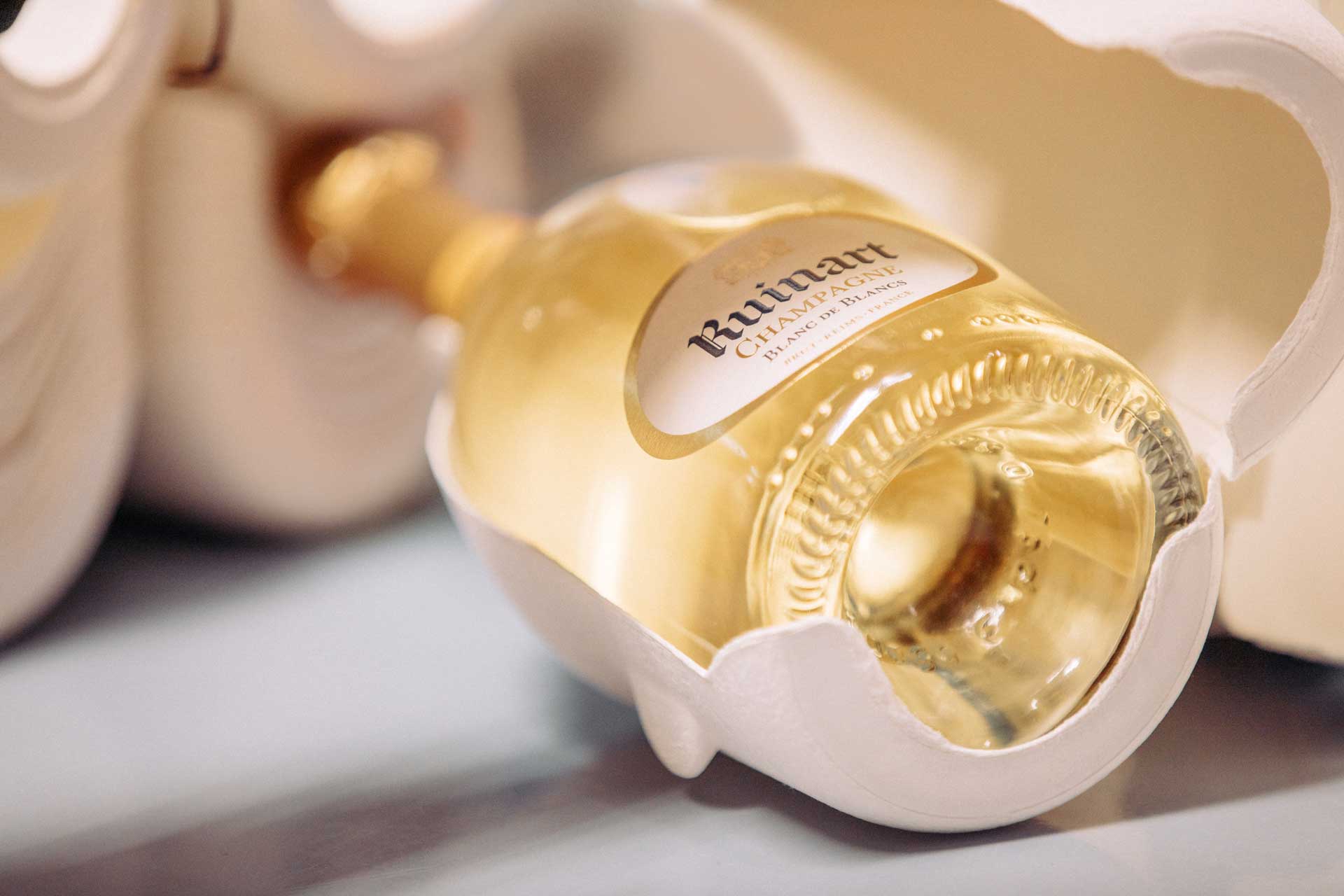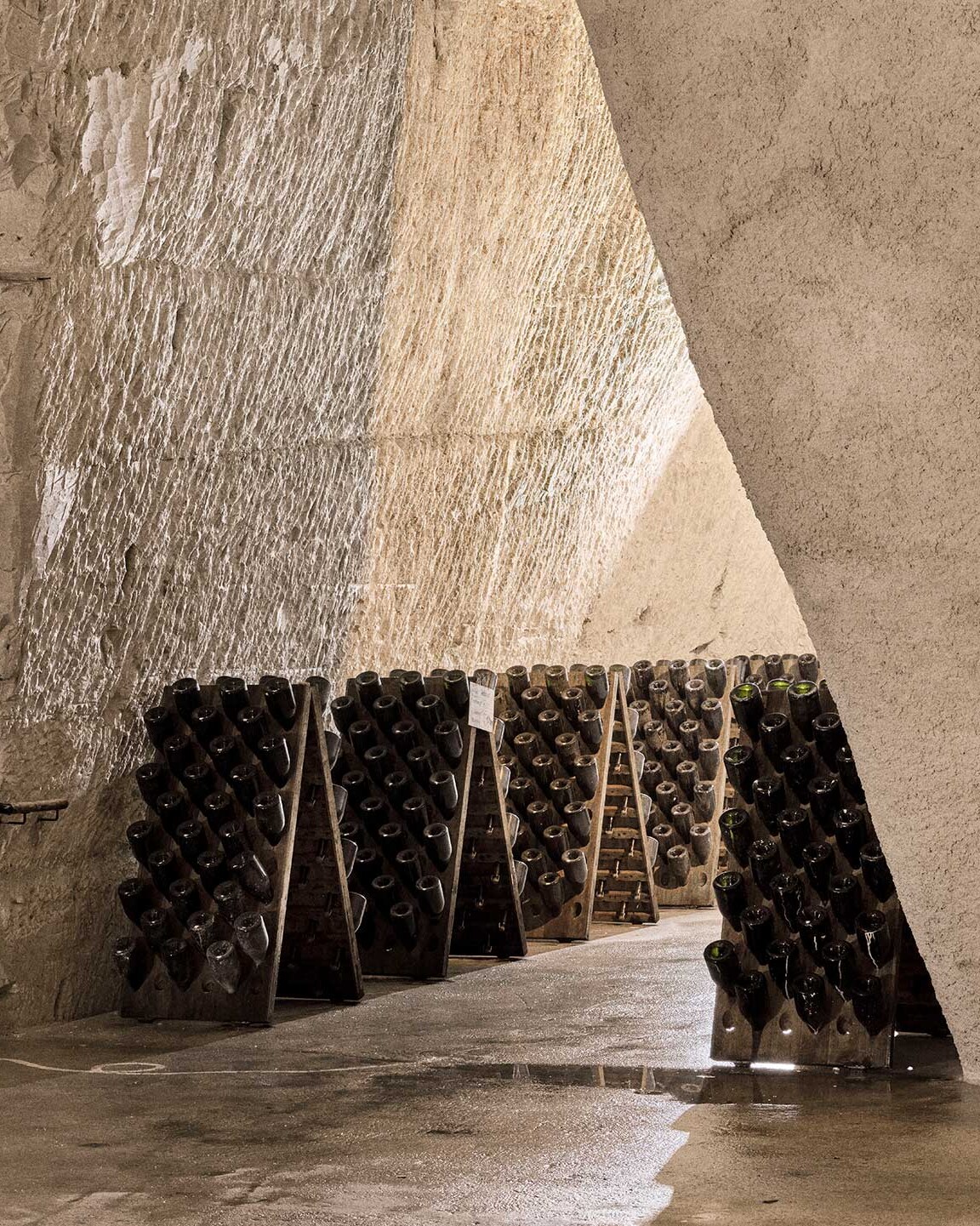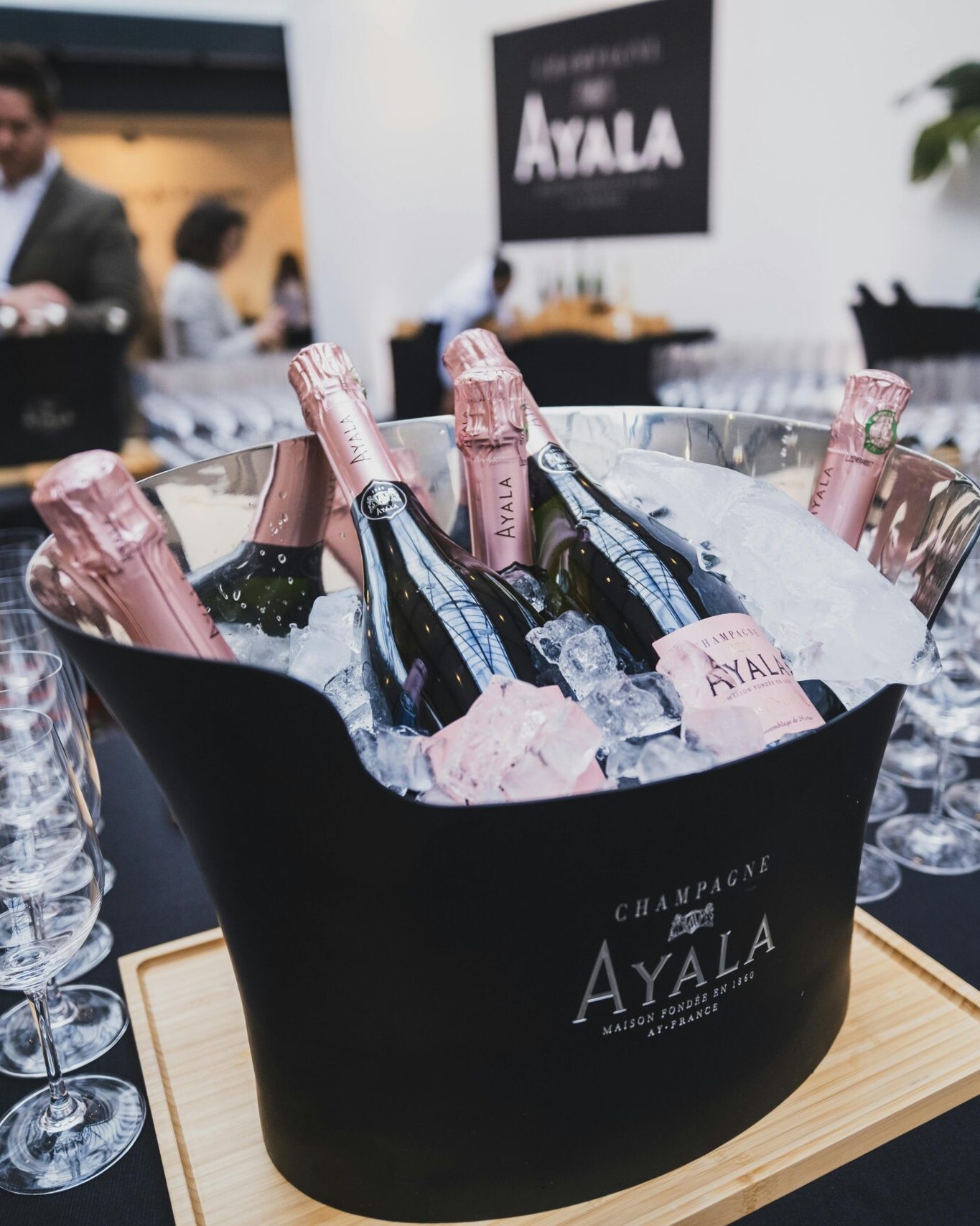Founded in 1729, Ruinart holds the prestigious title of the oldest Champagne house in the world. Its nearly three centuries of history are filled with groundbreaking achievements, a commitment to craftsmanship, and a forward-thinking approach that continues to captivate Champagne enthusiasts globally. From its iconic cellars in Reims to its innovative packaging designs, Ruinart represents the perfect balance between tradition and modernity.
The Birth of Ruinart: Champagne’s Oldest House
Ruinart owes its creation to a Benedictine monk, Dom Thierry Ruinart, who foresaw the rise of sparkling wines in France’s royal courts and aristocracy during the late 17th and early 18th centuries. His nephew, Nicolas Ruinart, took this vision forward and officially established the house in 1729. This moment was made possible by a royal decree allowing Champagne to be sold in bottles, enabling wider distribution and marking the start of commercial Champagne production.
Ruinart’s early years were defined by innovation and an unwavering commitment to quality, establishing it as a pioneer in the world of sparkling wine.

The Famous Crayères: Ruinart’s Chalk Cellars
One of Ruinart’s most remarkable features is its historic chalk cellars, known as crayères, located in Reims. These underground caves, designated as a UNESCO World Heritage site, were originally excavated by the Romans and later repurposed by Ruinart to store and age their Champagnes. Spanning over 8 kilometres and reaching depths of 38 metres, these cellars provide the perfect environment for aging Champagne, with consistent humidity and temperature year-round.
Visiting the crayères is like stepping into another world. The soft, chalky walls create a serene atmosphere where Ruinart’s bottles are left to mature, allowing their distinct flavours to develop over time. The cellars are not just a functional space but a symbol of the house’s heritage and dedication to excellence.
Ruinart’s Commitment to Sustainability: The Second Skin
In 2020, Ruinart revolutionised Champagne packaging with its Second Skin project. This eco-friendly innovation replaces traditional gift boxes with a sleek, 99% paper-based jacket that hugs the bottle’s contours. Designed to be fully recyclable, this new packaging reduces the carbon footprint by 60% compared to previous designs, aligning with Ruinart’s commitment to sustainability.

The Second Skin not only serves an environmental purpose but also reflects the texture and appearance of the chalky crayères, paying homage to the house’s rich history. It’s a perfect example of Ruinart blending tradition with modernity, delivering a product that’s both aesthetically pleasing and environmentally responsible.
Art and Ruinart: A Celebration of Creativity
Ruinart’s connection to art is as enduring as its Champagne. Since the late 19th century, the house has collaborated with renowned artists to create unique interpretations of its brand. This tradition began with Alfons Mucha, a pioneer of the Art Nouveau movement, who designed a poster for Ruinart in 1896.
In recent years, Ruinart has continued this legacy through partnerships with contemporary artists. For instance, Australian artist Otis Hope Carey crafted a stunning design for Ruinart’s Second Skin packaging, drawing inspiration from his Indigenous heritage and the natural world. These artistic collaborations not only highlight Ruinart’s creativity but also position the brand as a patron of modern art.
Tasting Notes: A Symphony of Flavours
Blanc de Blancs
- Appearance: Pale golden with fine, persistent bubbles.
- Nose: Fresh citrus, white flowers, and a hint of brioche.
- Palate: Vibrant and crisp with flavours of lemon, pear, and stone fruits, finishing with a delicate minerality.
- Food Pairing: Ideal with oysters, sushi, or creamy cheeses like Brie.
Ruinart Rosé
- Appearance: Coral pink with elegant effervescence.
- Nose: Aromas of red fruits like cherry and raspberry, complemented by floral and spicy undertones.
- Palate: Balanced and refreshing, with flavours of red berries and a touch of pink grapefruit.
- Food Pairing: Pairs beautifully with duck, lamb, or fruity desserts.
Dom Ruinart (Prestige Cuvée)
- Appearance: Bright, pale gold.
- Nose: Rich and complex, with notes of candied citrus, almonds, and subtle toastiness.
- Palate: Full-bodied and creamy, with a lingering finish of honey and roasted hazelnuts.
- Food Pairing: Perfect with lobster, truffle dishes, or aged Comté cheese.
Signature Style: Blanc de Blancs and Beyond
Ruinart is renowned for its Blanc de Blancs, a Champagne made exclusively from Chardonnay grapes. This style exemplifies the house’s preference for elegance, finesse, and purity. The result is a vibrant wine with notes of citrus, white flowers, and stone fruits, often described as the epitome of refinement.
In addition to its Blanc de Blancs, Ruinart offers a selection of other Champagnes, including the Rosé, which dates back to the 18th century, and its prestige cuvée, Dom Ruinart. These wines showcase the house’s mastery of blending and dedication to creating exceptional expressions of Champagne.
Why Ruinart Matters Today
In a world increasingly focused on sustainability and authenticity, Ruinart stands out as a brand that has evolved without losing its identity. Its dedication to environmental stewardship, paired with its celebration of artistry and craftsmanship, makes it more than just a Champagne house – it’s a cultural icon.
Whether you’re sipping a glass of Blanc de Blancs at a wedding or marvelling at the artistry of a limited-edition bottle, Ruinart invites you to be part of its legacy. It’s a brand that doesn’t just make Champagne; it creates experiences.
Ruinart’s story is one of vision, perseverance, and innovation. From the chalky depths of its crayères to the eco-conscious elegance of its Second Skin packaging, every element reflects the house’s commitment to excellence. Nearly 300 years after its founding, Ruinart continues to inspire with its unique blend of tradition and modernity.







